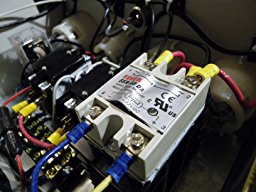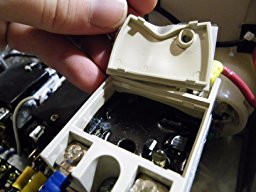I'll give that a try. Maybe I can squeeze a little life out of the one that's still working.
I think that is generally how they fail, which is unfortunate.
I had a string of failed Foteks until I started crimping ring terminals on my 10 gauge THHN wire. That seemed to provide lower resistance and lower heat.
Chris































![Craft A Brew - Safale S-04 Dry Yeast - Fermentis - English Ale Dry Yeast - For English and American Ales and Hard Apple Ciders - Ingredients for Home Brewing - Beer Making Supplies - [1 Pack]](https://m.media-amazon.com/images/I/41fVGNh6JfL._SL500_.jpg)




























